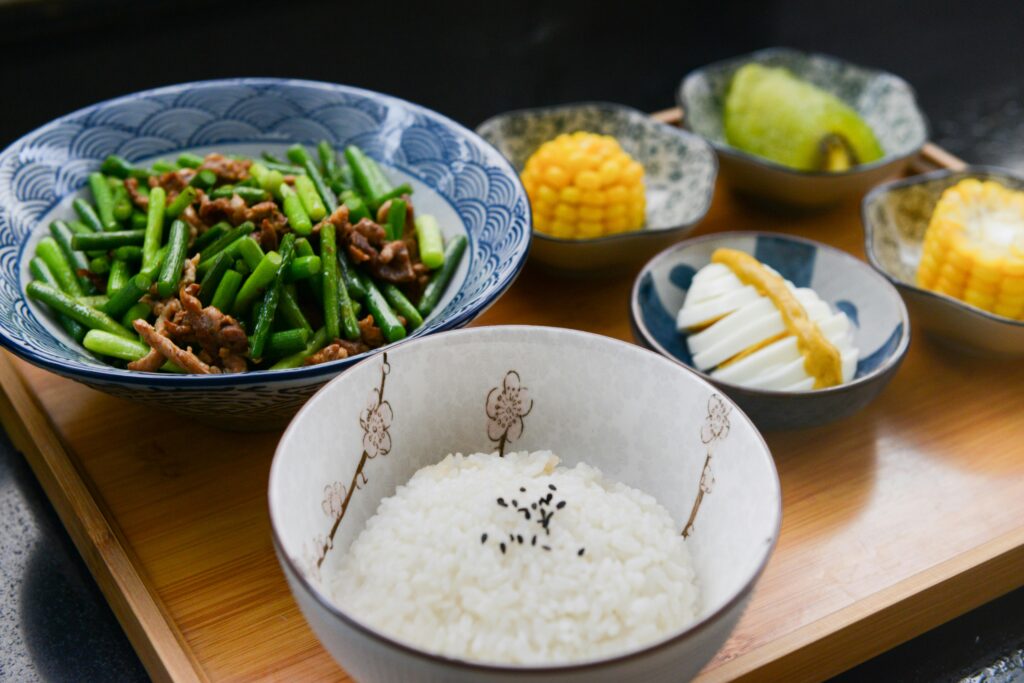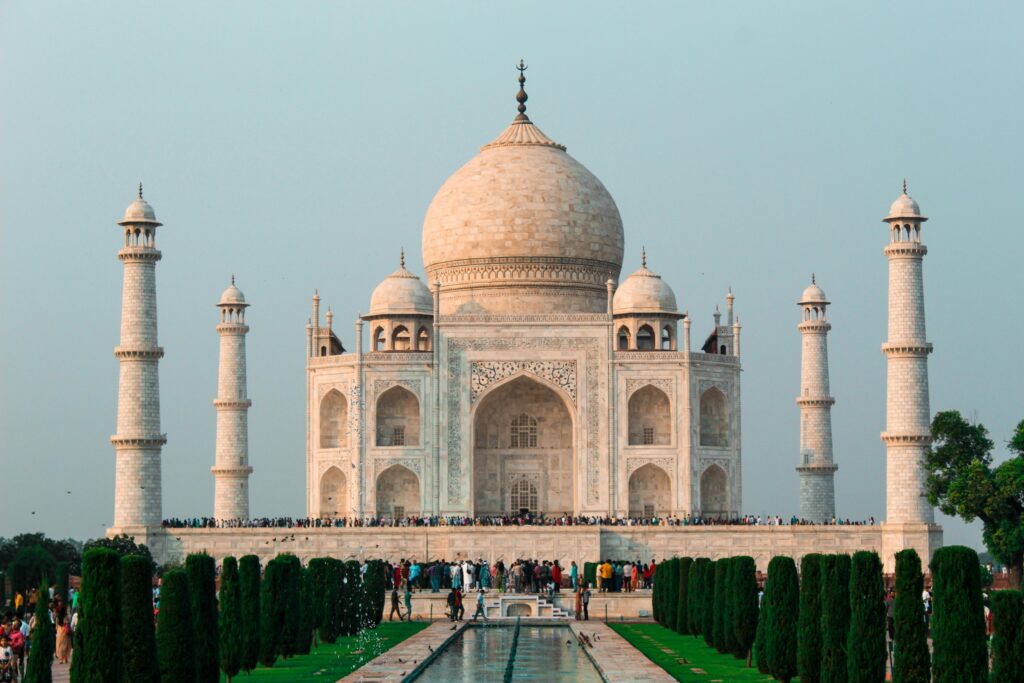Chinese cuisine is one of the oldest and most sophisticated global culinary traditions with a history dating back thousands of years. It is renowned for its depth of flavor, unique techniques of preparation, and harmony of components. Chinese cuisine has enticed the hearts and taste buds of individuals from across the globe. Chinese cuisine reflects the topography of China, the richness of Chinese culture, and the culinary aesthetics of harmony of flavor and texture.
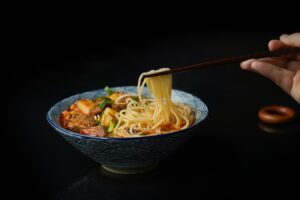
The Regional Cuisine of Chinese Cuisine
China’s vast geography has produced regional cuisines that possess their own flavors and specialties. The strongest among these culinary forms are Cantonese, Sichuan, Shandong, and Jiangsu, although other equally renowned forms such as Hunan, Fujian, and Anhui cuisine do exist as well.
Cantonese Cuisine: Praised for its subtle flavor, fresh ingredients, and steaming or stir-frying methods, Cantonese cuisine is enjoyed everywhere globally. Roasted meats, seafood, and dim sum are classic examples.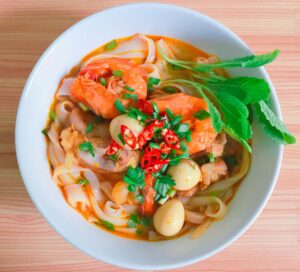
Sichuan Cuisine: Praised for its pungent, spicy taste, Sichuan cuisine makes extensive use of chili peppers, garlic, and numbing Sichuan peppercorns. Some of the classic dishes include Mapo Tofu and Kung Pao Chicken.
Shandong Cuisine: It is famous for thick soups and seafood, and its methods of cooking are braising and deep-frying. Shandong Cuisine is famous for Sweet and Sour Carp and Braised Sea Cucumber.
Jiangsu Cuisine: Characterized by good taste, artistic presentation, and meticulous cutting care, Jiangsu cuisine frequently incorporates long-stewed meat and seafood, including famous Lion’s Head Meatballs.
Each of these cuisines carries the tastes of their native lands, as well as local cooking traditions that have been passed down through generations.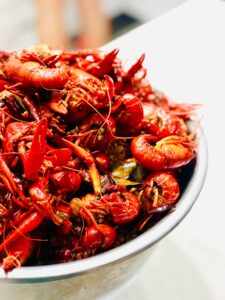
Staple Foods and Preparatory Methods
Chinese cuisine revolves around staple foods like rice, noodles, soy sauce, tofu, and a wide range of fresh vegetables and meats. The food is flavored with spices like star anise, ginger, and scallions.
Chinese cooking methods are varied, among the most frequent of which are stir-frying, steaming, deep-frying, roasting, and braising. The crowning glory of the Chinese kitchen is the versatile wok, ubiquitous in all Chinese kitchens for swift and even cooking.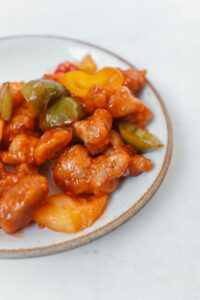
The Role of Food in Chinese Culture
Chinese food not only is wholesome but also takes a central stage in celebrations, reunions, and social life. Chinese New Year, Mid-Autumn Festival, and weddings all incorporate unique dishes indicating prosperity and felicity. Such as, for instance, the dumplings indicating prosperity and longevity indicated by the long noodles.
The yin and yang philosophy also holds true with Chinese cuisine. Attention is taken to select those ingredients that complement each other within the body—cooling ones such as cucumber balancing warming food such as ginger.
The Popularity of Chinese Food Globally Chinese food became globalized, and each world region adapted what they ate for local tastes. In America, for instance, were the inventions of dishes such as General Tso’s Chicken and Chop Suey to appease Western tastes. Authentic Chinese cuisine, however, is much in demand for its pungent flavor and unconventional textures. From hot street food stalls to fine restaurants, Chinese cuisine progressed but never forgot its origins. Whether you’re enjoying a plate of dumplings or partaking in a spicy Sichuan hot pot, the diversity and richness of Chinese cuisine have made it one of the world’s most popular foods.

